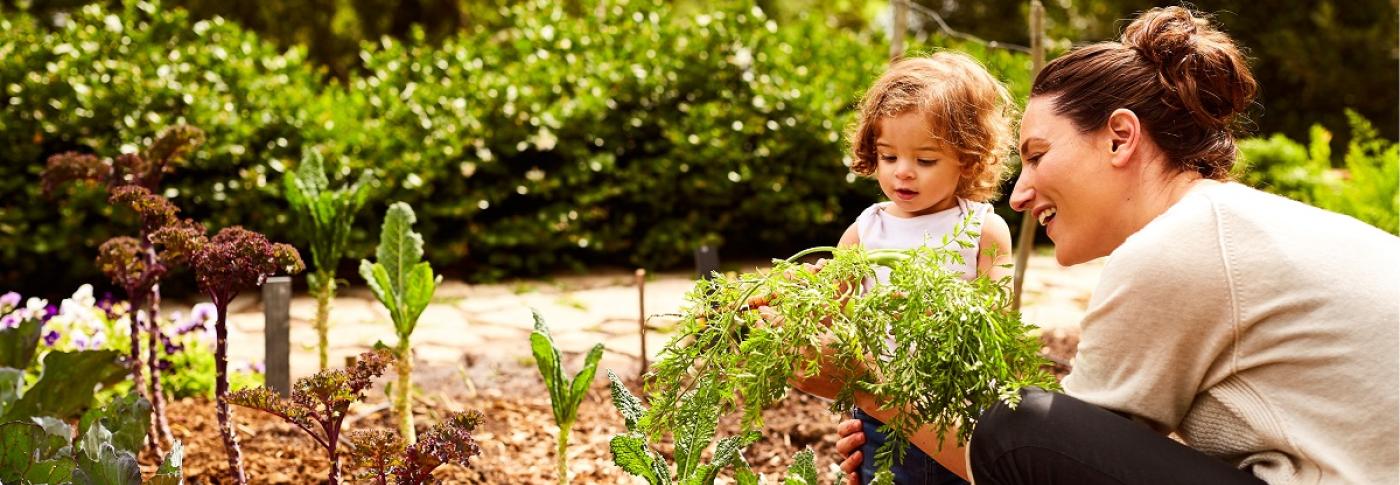
Is our electricity greener in lockdown?
14 Apr 2020 - 3 minute read
You might think people staying at home and using more electricity would mean an increased overall demand across the country, but that’s not the case.
Electricity demand is actually significantly lower than usual, due to a decrease in energy use from large industrial consumers.
Most people would assume that if there is less demand for electricity, more of the country can be powered by renewable electricity, and whilst this can be the case, it isn’t always.
While demand is reduced, it’s likely that we’ll see some very low levels of carbon intensity on our electricity system. This is a measure of how many CO2 emissions are produced per kilowatt hour of electricity consumed, and reflects how much renewable generation we have on the system at any one time.
With demand as low as it is, renewables will often be making up more of the energy mix – with gas and coal generation only needed to provide stability services (see below for more on that).
Lower carbon intensity is a real positive as we transition to a more sustainable energy system, and – regardless of our current lockdown situation – we’ll be seeing more of this as we move towards our ambition to be able to operate the system entirely with zero carbon sources of energy.
However, operating in low demand periods means we may need to bring on extra services to balance the system and currently all these services involve consuming carbon.
The good news is that the ESO is working towards being able to operate Britain’s electricity system with zero carbon by 2025.
We’re already up and running with some world first projects to help us get ready, such as a new approach to procuring inertia, with new or modified assets providing inertia without having to provide electricity at the same time – allowing more renewable generation to operate and ensuring system stability at lower costs.
We’ve seen examples of new technology allowing us to use solar and wind to manage key properties of electricity such as frequency and voltage and we’re also designing new commercial frameworks too, widening access to the electricity market and making it easier for smaller, renewable sources of power to play a role in keeping the system stable.
On the domestic front, electric vehicles and smart charging are helping us by moving charging times to align with times of high renewables.
In the future, vehicle to grid technology will be a great way of transferring electricity in and out of our system, storing it in their batteries when demand is low and giving electricity back to the grid when it’s high.
Smart meters and time of use tariffs also help us consume electricity when it is best for our system and the environment.
